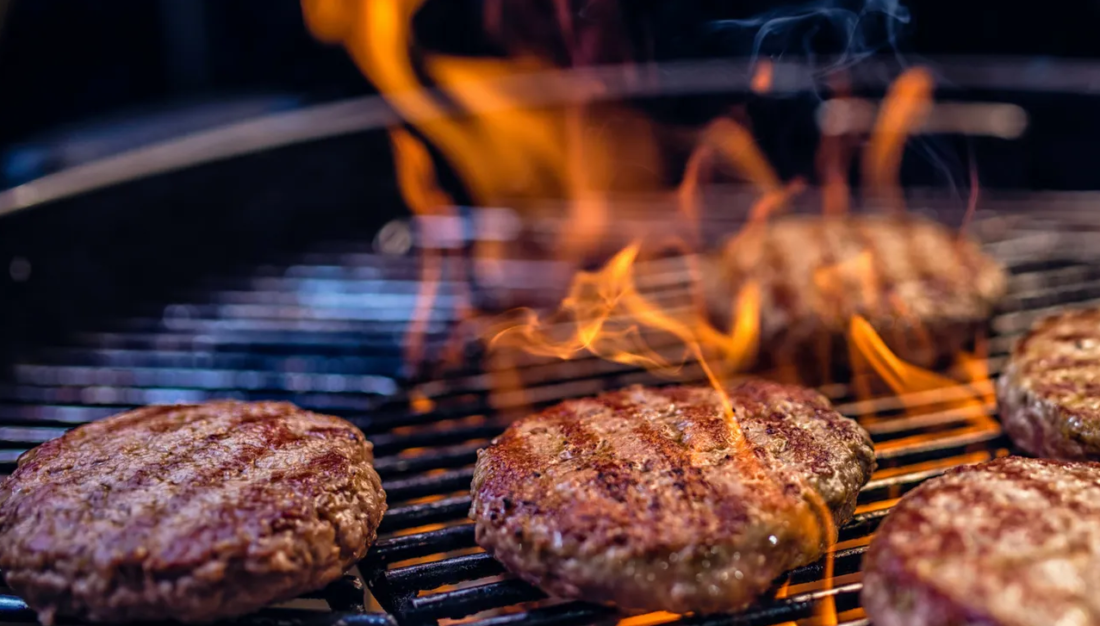
Nothing beats the rich, deep, and unmistakable taste of food cooked over a charcoal barbecue. The smoky flavour that charcoal grilling provides is what makes it a favourite among barbecue enthusiasts.
But getting that perfect balance of smokiness without overpowering the food takes a bit of technique. Whether you’re grilling meats, vegetables, or even pizza, mastering the art of smoke is key to elevating your charcoal barbecue game.
Understanding How Smoke Works
Smoke is created when wood or charcoal burns and releases gases and particles that infuse food with flavour. The type of fuel, the amount of airflow, and the cooking temperature all influence how smoky your food will be. Too much smoke can leave food with a bitter taste, while too little may not create that distinct, delicious aroma.
Choosing the Right Charcoal
The foundation of a great smoky flavour starts with the type of charcoal you use. There are two main options:
- Lump Charcoal – Made from pure hardwood, lump charcoal burns hotter and faster, producing a clean and natural smoke. It’s ideal for those who want a more authentic smoky taste.
- Charcoal Briquettes – These are uniform in shape and burn longer, making them great for extended grilling sessions. However, they can contain additives, which may affect the flavour. Opt for natural briquettes without chemicals for the best results.
Adding Wood for Extra Smokiness
While charcoal alone can give a smoky flavour, adding wood chunks or chips takes it to another level. Different types of wood provide unique tastes:
- Hickory – Strong, bacon-like flavour, great for pork and ribs.
- Mesquite – Bold and earthy, perfect for red meats.
- Apple & Cherry – Sweet and mild, great for poultry and vegetables.
- Oak – Medium smokiness, pairs well with most meats.
Soak wood chips in water for about 30 minutes before use to slow the burn and create a steady stream of smoke. If using wood chunks, place them directly onto the hot charcoal for a longer-lasting effect.
Controlling the Temperature
A charcoal BBQ works best when the temperature is properly managed. Too much heat can cause food to char before it absorbs enough smoke, while too little can lead to undercooked food. Here’s how to control it:
- Use a Two-Zone Fire – Place all your charcoal on one side of the grill, creating a direct heat zone and an indirect heat zone. This setup lets you sear food over high heat and then move it to the cooler side to absorb smoke without burning.
- Adjust the Air Vents – Opening the vents increases airflow, making the fire hotter. Closing them slightly reduces oxygen, keeping temperatures lower and allowing more smoke to develop.
- Use a Lid – Keeping the lid closed helps trap the smoke inside, ensuring the food gets fully infused with flavour.
The Best Cooking Methods for Smoky BBQ
Low and Slow Cooking
Cooking at a low temperature (around 107-135°C) for an extended period allows smoke to penetrate deeply into the food. This is the key to making juicy briskets, tender ribs, and flavour-packed pulled pork.
Reverse Searing
For thick cuts of meat like steaks or lamb chops, start by cooking them over indirect heat to let them absorb smoke, then finish with a quick sear over high heat for a perfect crust.
Smoking Vegetables and Seafood
Vegetables like bell peppers, eggplants, and mushrooms absorb smoke well, adding a charred depth to their natural flavours. Seafood, especially salmon and shrimp, takes on a deliciously smoky aroma when grilled over charcoal with a touch of wood smoke.
Avoiding Common Mistakes
Using Too Much Wood
A little goes a long way when it comes to smoking wood. Overloading with wood chips or chunks can make the food taste overly smoky and bitter. Start with a small amount and adjust to taste.
Lifting the Lid Too Often
Every time you lift the lid, heat and smoke escape, slowing down the cooking process and reducing the smoky effect. Resist the urge to check the food too frequently.
Not Letting the Charcoal Burn Properly
Always wait until the charcoal is fully lit and covered in white ash before cooking. Starting too soon can result in an uneven burn and an unpleasant taste from unburnt fuel.
Experimenting with Flavours
Once you’ve mastered the basics, experiment with different wood and charcoal combinations to create your own signature smoky flavour. Try blending applewood with hickory for a balanced taste or adding a few rosemary sprigs to the coals for a herbal infusion.
Conclusion
Achieving the perfect smoky flavour on a charcoal BBQ is all about balance—selecting the right fuel, managing temperature, and using wood strategically. With a little practice and experimentation, you can create restaurant-quality barbecue in your backyard. So, fire up the grill, take your time, and let the smoke work its magic!



